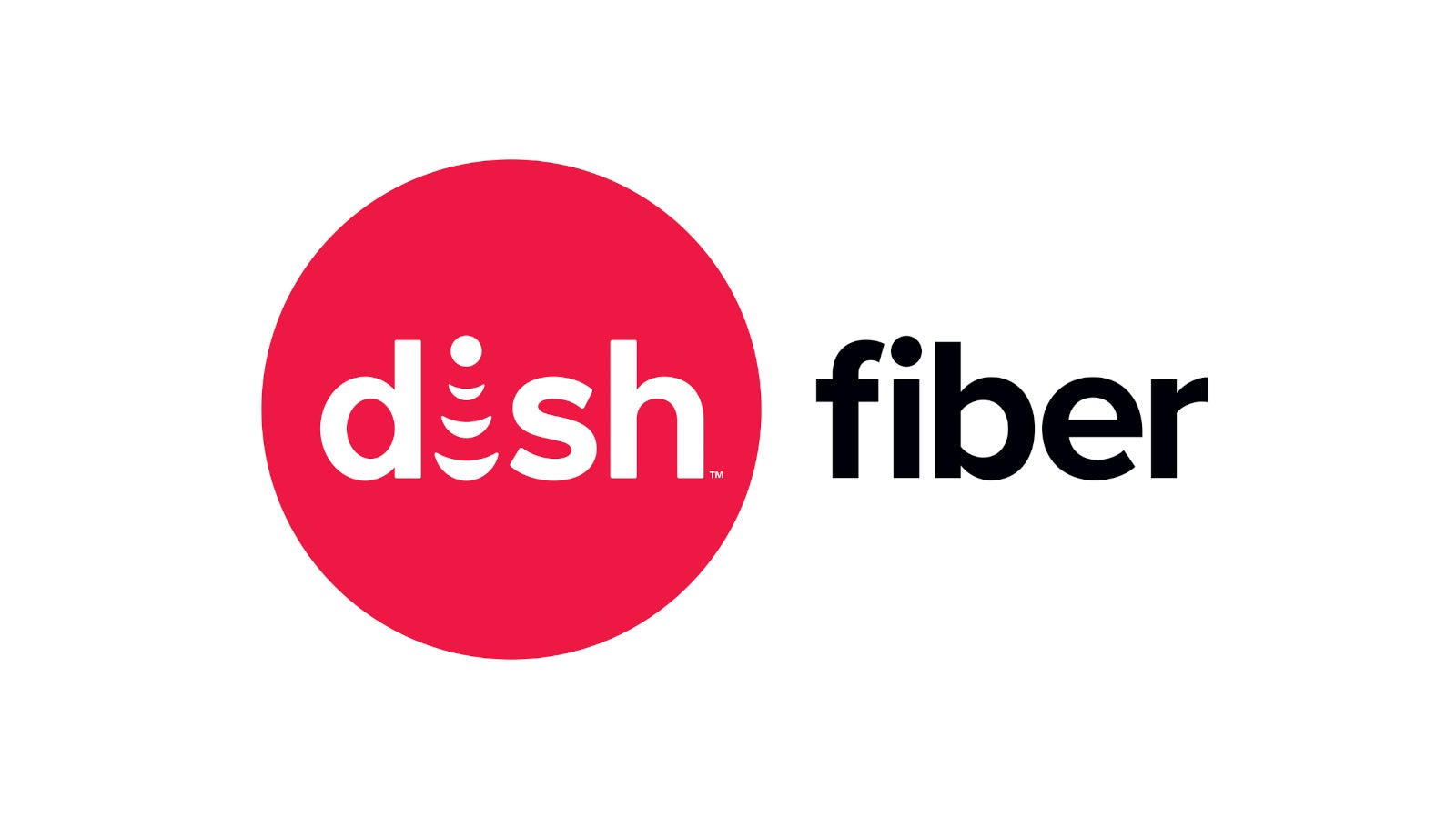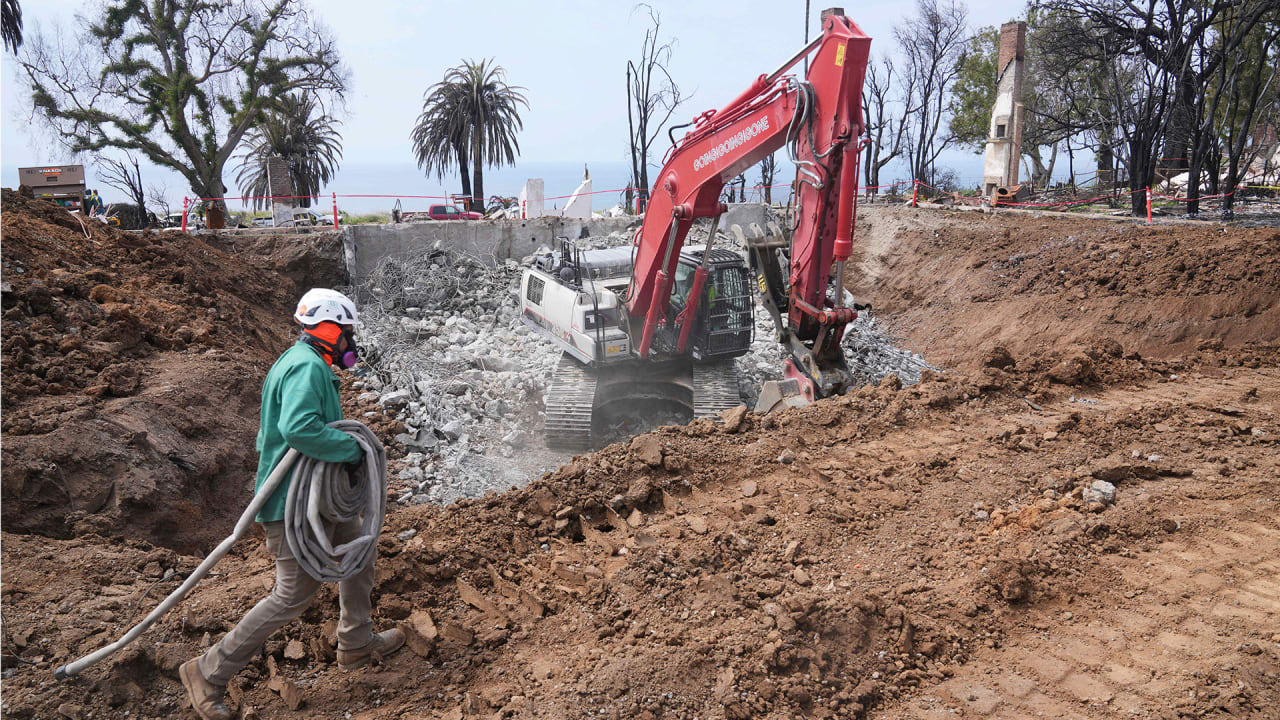Cloud Deployment Checklist: Tools, Automation, and Best Practices
Deploying applications to the cloud is no longer a one-time milestone. It’s a continuous process that demands speed, reliability, and scalability. Whether you’re launching a new product, updating an existing service, or scaling globally, having a structured deployment checklist ensures you stay consistent, secure, and efficient at every step. With the rise of AI-powered platforms and automated DevOps pipelines, deployment has evolved from being a manual, infrastructure-heavy task to a streamlined, intelligent workflow. 1. Pre-Deployment: Prepare Your Application and Environment Before deploying, ensure your application is deployment-ready. Clean codebase with environment-agnostic structure Valid Dockerfile or build configuration Externalized environment variables (.env or secrets manager) Defined database schemas and backups CI/CD pipeline setup with automated testing Recommended Tools: GitHub, GitLab, Docker, Prisma, Flyway 2. Choose the Right Deployment Platform Selecting the right platform depends on your project size, technical resources, and growth plans. Options to Consider: **Kuberns:** AI-powered, one-click deployment from GitHub with auto-scaling, observability, and regional optimization built-in. Heroku: Simple and beginner-friendly; ideal for prototypes and MVPs. Render / Railway: Lightweight platforms for small apps and developer projects. AWS / GCP / Azure: Enterprise-grade solutions with full control but steep learning curves and operational complexity. 3. Automate the Deployment Workflow Automation eliminates manual steps and ensures consistency. Git-based triggers for build and deployment Automated testing and packaging pipelines Deployment to staging and production environments Configurable rollback and self-healing mechanisms Recommended Tools: Kuberns AI engine, GitHub Actions, GitLab CI, Jenkins, AWS CodePipeline 4. Set Up Monitoring and Observability Post-deployment visibility is essential for stability and rapid issue resolution. Integrated logging and real-time monitoring Performance dashboards and custom alerts Automatic rollback on threshold breaches Centralized tracing for distributed services Built-in Options: Kuberns External Tools: Prometheus, Grafana, Datadog, Sentry 5. Secure Your Cloud Deployment Security should be embedded in the deployment pipeline. Secrets managed securely, not hardcoded HTTPS/TLS certificates configured automatically Role-based access control (RBAC) and IAM policies Audit logs for deployment activity Recommended Tools: Kuberns, HashiCorp Vault, AWS Secrets Manager, Let’s Encrypt, IAM policy managers 6. Plan for Scalability and Cost Optimization Build with growth in mind—without wasting resources. Autoscaling policies based on CPU, memory, and traffic Load balancing across instances or regions Multi-region deployment to reduce latency Cost visibility and budgeting tools Platforms with AI Scaling: Kuberns Manual Tools: AWS Auto Scaling, Kubernetes HPA, DigitalOcean Load Balancers 7. Post-Deployment Testing and Feedback Validate success and monitor post-deployment behavior. Smoke tests for APIs and frontends Real-time monitoring for errors or slowdowns Stakeholder or QA feedback collection Planning incremental rollouts or hotfixes Conclusion A structured cloud deployment process helps development teams avoid mistakes, reduce downtime, and deliver consistent user experiences. As cloud infrastructure becomes more intelligent, automation and platform selection play an increasingly critical role. By combining trusted tools, embracing built-in automation, and following this deployment checklist, organizations can move faster and scale more reliably. Platforms like Kuberns exemplify this shift offering built-in intelligence, automation, and observability, so teams can focus on building, not managing infrastructure. In 2025, the organizations that deploy smarter will outpace those who simply deploy faster.
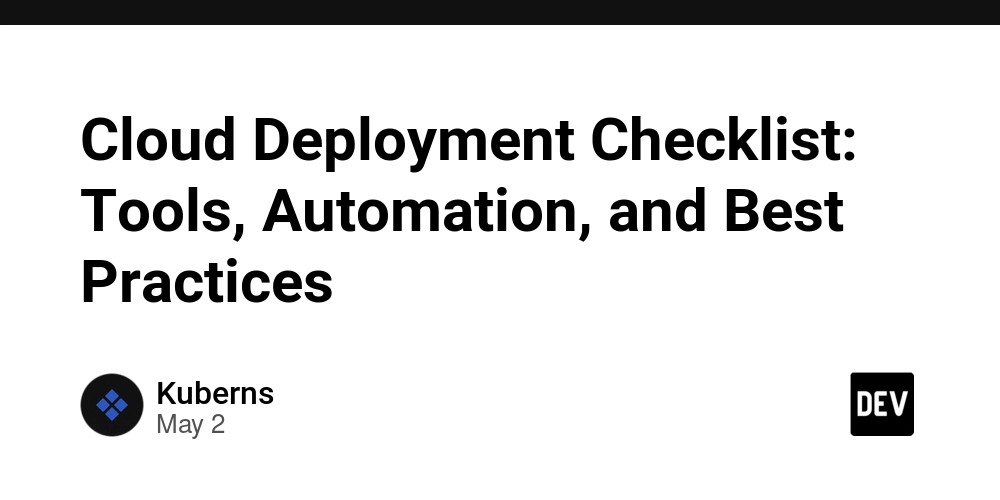
Deploying applications to the cloud is no longer a one-time milestone. It’s a continuous process that demands speed, reliability, and scalability. Whether you’re launching a new product, updating an existing service, or scaling globally, having a structured deployment checklist ensures you stay consistent, secure, and efficient at every step.
With the rise of AI-powered platforms and automated DevOps pipelines, deployment has evolved from being a manual, infrastructure-heavy task to a streamlined, intelligent workflow.
1. Pre-Deployment: Prepare Your Application and Environment
Before deploying, ensure your application is deployment-ready.
- Clean codebase with environment-agnostic structure
- Valid Dockerfile or build configuration
- Externalized environment variables (.env or secrets manager)
- Defined database schemas and backups
- CI/CD pipeline setup with automated testing
Recommended Tools: GitHub, GitLab, Docker, Prisma, Flyway
2. Choose the Right Deployment Platform
Selecting the right platform depends on your project size, technical resources, and growth plans.
Options to Consider:
- **Kuberns:** AI-powered, one-click deployment from GitHub with auto-scaling, observability, and regional optimization built-in.
- Heroku: Simple and beginner-friendly; ideal for prototypes and MVPs.
- Render / Railway: Lightweight platforms for small apps and developer projects.
- AWS / GCP / Azure: Enterprise-grade solutions with full control but steep learning curves and operational complexity.
3. Automate the Deployment Workflow
Automation eliminates manual steps and ensures consistency.
- Git-based triggers for build and deployment
- Automated testing and packaging pipelines
- Deployment to staging and production environments
- Configurable rollback and self-healing mechanisms
Recommended Tools: Kuberns AI engine, GitHub Actions, GitLab CI, Jenkins, AWS CodePipeline
4. Set Up Monitoring and Observability
Post-deployment visibility is essential for stability and rapid issue resolution.
- Integrated logging and real-time monitoring
- Performance dashboards and custom alerts
- Automatic rollback on threshold breaches
- Centralized tracing for distributed services
Built-in Options: Kuberns
External Tools: Prometheus, Grafana, Datadog, Sentry
5. Secure Your Cloud Deployment
Security should be embedded in the deployment pipeline.
- Secrets managed securely, not hardcoded
- HTTPS/TLS certificates configured automatically
- Role-based access control (RBAC) and IAM policies
- Audit logs for deployment activity
Recommended Tools: Kuberns, HashiCorp Vault, AWS Secrets Manager, Let’s Encrypt, IAM policy managers
6. Plan for Scalability and Cost Optimization
Build with growth in mind—without wasting resources.
- Autoscaling policies based on CPU, memory, and traffic
- Load balancing across instances or regions
- Multi-region deployment to reduce latency
- Cost visibility and budgeting tools
Platforms with AI Scaling: Kuberns
Manual Tools: AWS Auto Scaling, Kubernetes HPA, DigitalOcean Load Balancers
7. Post-Deployment Testing and Feedback
Validate success and monitor post-deployment behavior.
- Smoke tests for APIs and frontends
- Real-time monitoring for errors or slowdowns
- Stakeholder or QA feedback collection
- Planning incremental rollouts or hotfixes
Conclusion
A structured cloud deployment process helps development teams avoid mistakes, reduce downtime, and deliver consistent user experiences. As cloud infrastructure becomes more intelligent, automation and platform selection play an increasingly critical role.
By combining trusted tools, embracing built-in automation, and following this deployment checklist, organizations can move faster and scale more reliably.
Platforms like Kuberns exemplify this shift offering built-in intelligence, automation, and observability, so teams can focus on building, not managing infrastructure.
In 2025, the organizations that deploy smarter will outpace those who simply deploy faster.







































































































































































![[The AI Show Episode 145]: OpenAI Releases o3 and o4-mini, AI Is Causing “Quiet Layoffs,” Executive Order on Youth AI Education & GPT-4o’s Controversial Update](https://www.marketingaiinstitute.com/hubfs/ep%20145%20cover.png)










































































































































































































































































_Andy_Dean_Photography_Alamy.jpg?width=1280&auto=webp&quality=80&disable=upscale#)























































































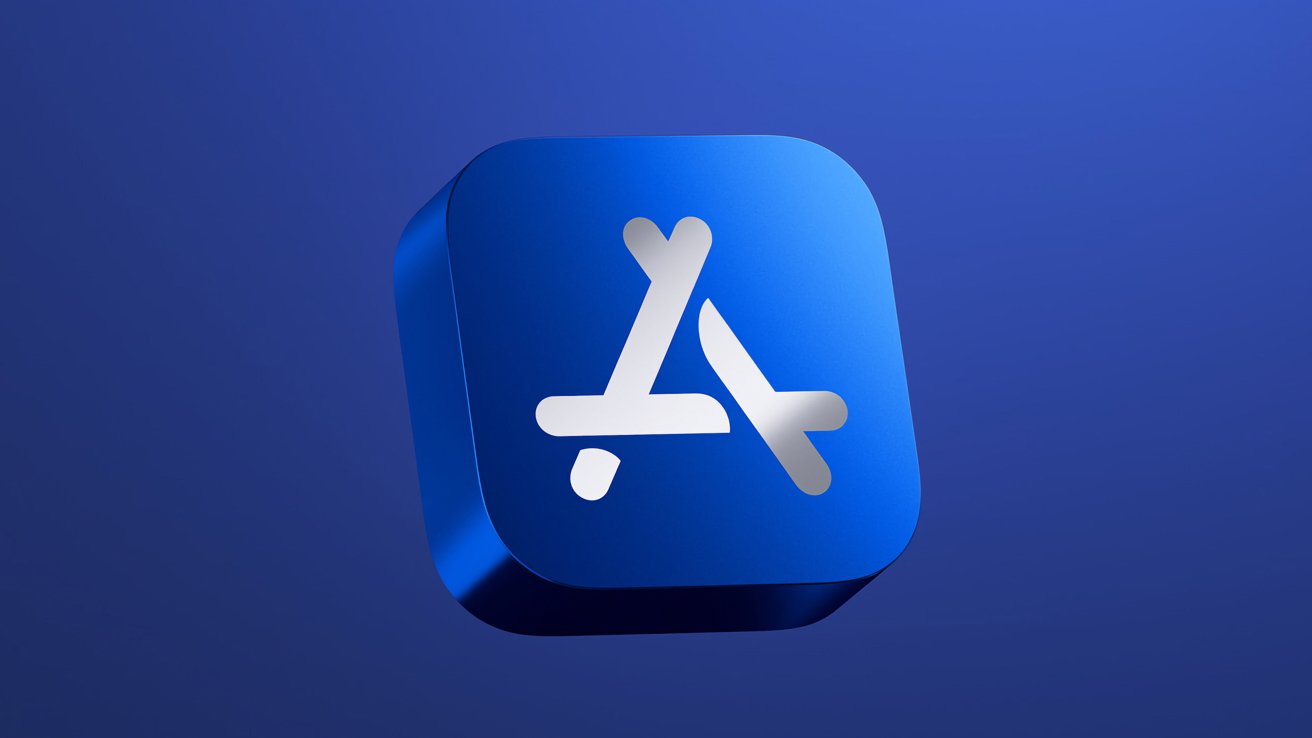













![Here’s the Pebble smartwatch reboot in action, and how much tariffs might cost you [Video]](https://i0.wp.com/9to5google.com/wp-content/uploads/sites/4/2025/03/core-2-duo-smartwatch-3.jpg?resize=1200%2C628&quality=82&strip=all&ssl=1)











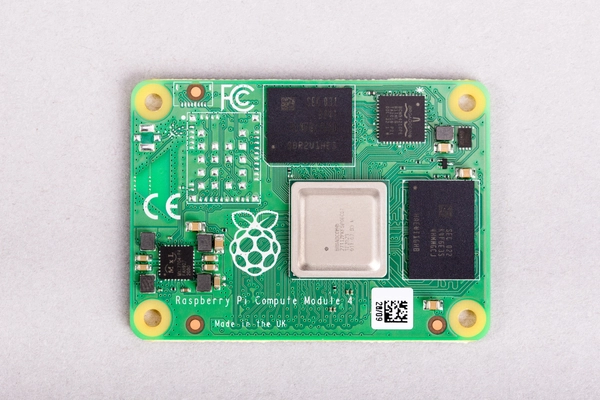




![Apple Reports Q2 FY25 Earnings: $95.4 Billion in Revenue, $24.8 Billion in Net Income [Chart]](https://www.iclarified.com/images/news/97188/97188/97188-640.jpg)















































